Estimated Survivors: 17 Known
Obverse Text:
IMMUNIS COLUMBIA 1786
Reverse Text:
E PLURIBUS UNUM
What to Look For: The obverse shows a figure seated on a Globe, holding scales and a staff. The reverse shows a shield in the center surrounded by text.
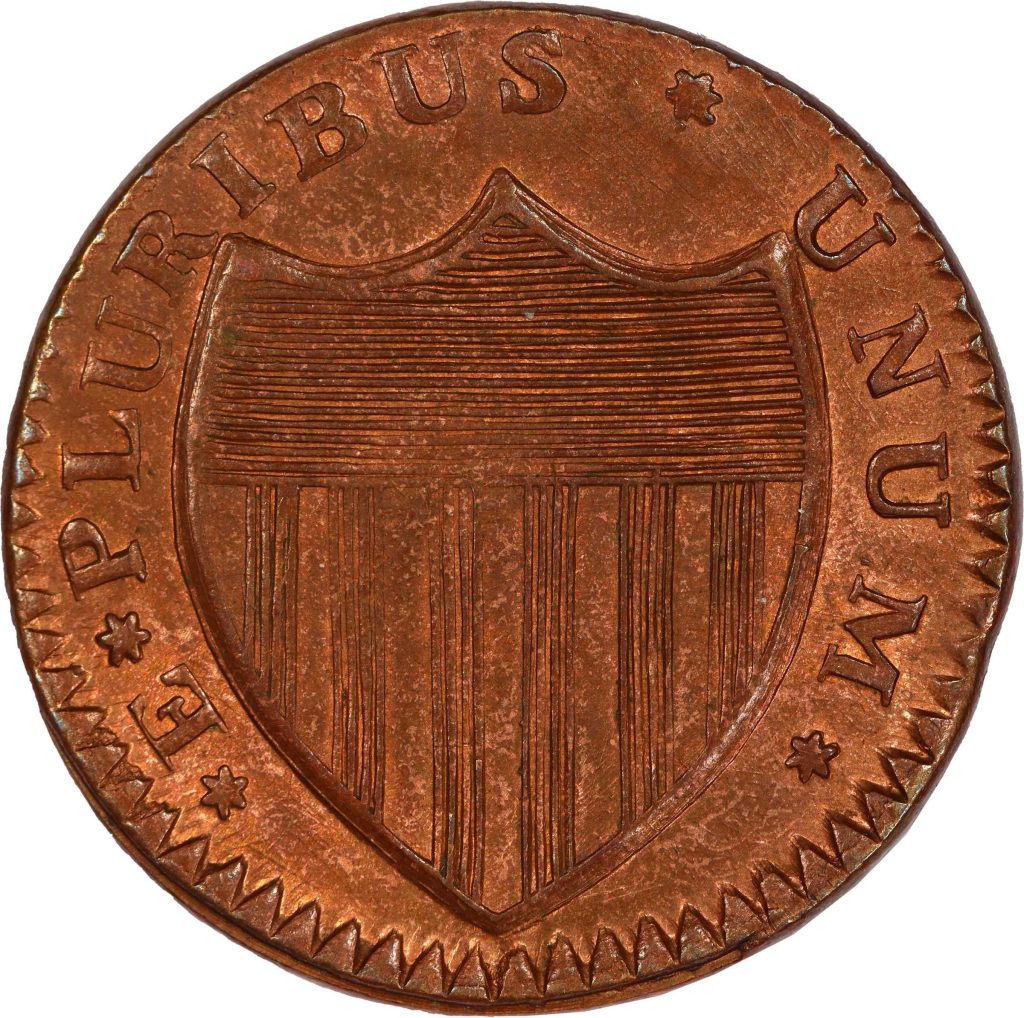
New Jersey Coppers: An excerpt from the John J. Ford, Jr., Part I Catalog
New Jersey coppers were authorized in June, 1786 but none may have been struck until December of that year at the earliest. Coinage commenced in 1787 at mints located in Rahway and Morristown by competing companies which quickly found themselves ever more inextricably entangled in conflicting lawsuits, facing severe shortages of skilled and semi-skilled labor, and suffering from a scarcity of supply of raw materials, all the while making a product that probably was not as profitable as originally hoped. By the spring of 1788, a little more than a year after coinage began in earnest, the venture was in disarray. The Rahway operation was closed that summer, the Morristown mint very soon thereafter, and the state was left owed an unfinished supply of its coppers. The governor prevailed upon one of the original sponsors of the coinage to finish the task as best he could, and coining began again in the summer of 1788. It continued at the Rahway location, later in Elizabethtown, into 1790, striking whatever blanks it could with whatever dies were to hand. In the meantime, others seem to have made New Jersey’s under various pretexts because they were the only copper coins not to lose their market value in 1789. The business was finished by the middle of 1790. The state put its copper into circulation even after the adoption of the federal constitution and New Jersey coppers could still be found circulating in rural areas into the 1850s.
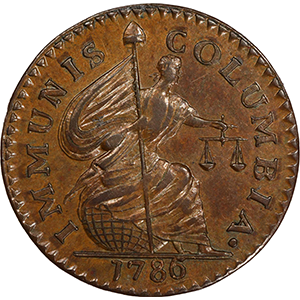
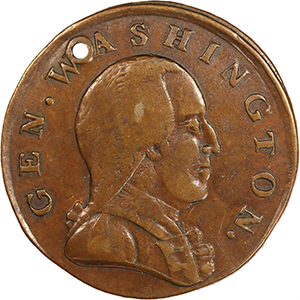
Estimated Survivors: 3 Known
Obverse Text:
GEN. WASHINGTON.
Reverse Text:
E PLURIBUS UNUM
What to Look For: The obverse depicts General George Washington facing right, surrounded by text. The reverse shows a shield in the center surrounded by text.

Maris 6-C
Estimated Survivors: 34 Known
Obverse Text:
NOVA CÆSAREA 1787
Reverse Text:
E PLURIBUS UNUM
What to Look For: Maris 6-C has no Sprig above the Plow. On the reverse, we see a Pattern Shield surrounded by text.
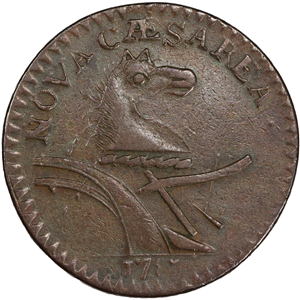
Maris 6-D
Estimated Survivors: 64 Known
Obverse Text:
NOVA CÆSAREA 1787
Reverse Text:
E PLURIBUS UNUM
What to Look For: Maris 6-D has a Double Coulter (the vertical cutting blade on a plow) and “M” shaped ears. On the reverse, we see a Pattern Shield surrounded by text.
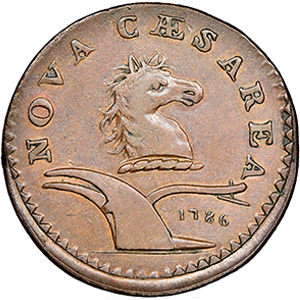
Maris 7-E
Estimated Survivors: 4-7 Known
Obverse Text:
NOVA CÆSAREA 1786
Reverse Text:
E PLURIBUS UNUM
What to Look For: Maris 7-E has the date located beneath the plowbeam. Also of note is the lack of a period following “CÆSAREA”. On the reverse, we see a Pattern Shield surrounded by text.
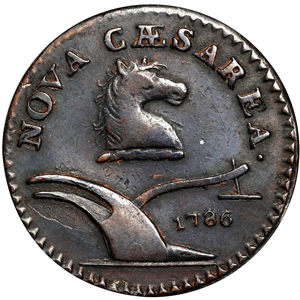
Maris 8-F
Estimated Survivors: 3 Known
Obverse Text:
NOVA CÆSAREA 1786
Reverse Text:
E PLURIBUS UNUM
What to Look For: Maris 8-F features the Date underneath the plowbar. On the reverse, we see a Pattern Shield surrounded by text.
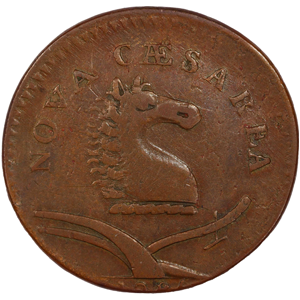
Maris 9-G
Estimated Survivors: 7 Known
Obverse Text:
NOVA CÆSAREA 1786
Reverse Text:
E PLURIBUS UNUM
What to Look For: Maris 9-G is loving called the “Shaggy Dog” due to its rough representation of the horse’s mane. This is a no coulter variety. On the reverse, we see a Pattern Shield surrounded by text.





